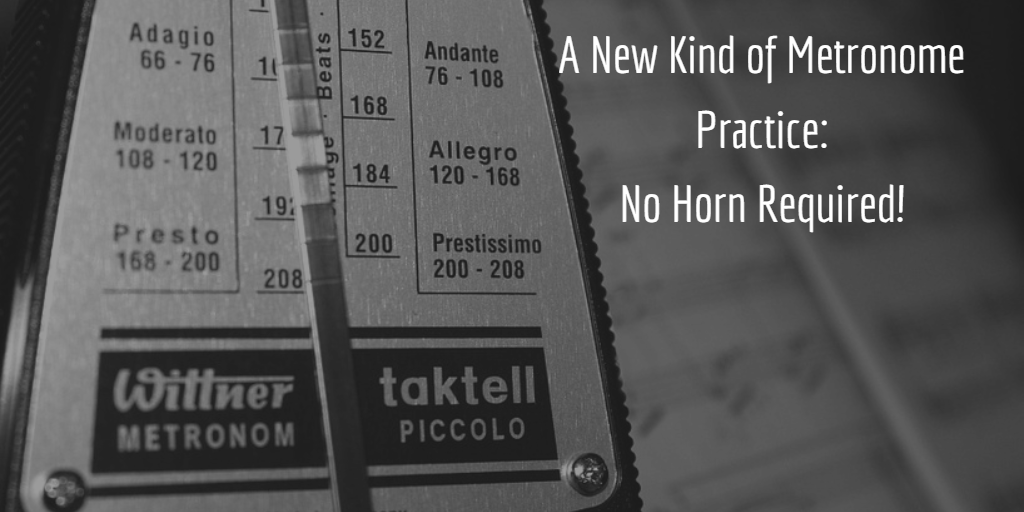One of the many COVID precautions that many brass (and to some extent, woodwind) players are taking is the use of bell covers.
I haven’t seen a write-up of different horn-specific options, so here are some.
Horn Bell Cover Styles
While trumpet trombone players have a wide variety of bell covers to choose from (including getting creative and using something like shoe coverings), it’s not quite as simple for horn players.
Put simply, horn players need to keep their right hand in the bell.
To do that, there are a few different options available:
- You could use a bell cover designed for a euphonium/baritone, and cut a small slit in the middle. You’ll want to find a bell cover that covers the 12-13 inch range (most horn bells are 12.5 inches in diameter). This is likely the least effective in terms of containing aerosols, but the easiest option in a pinch.
- Use something like the Protec French Horn bell cover, which is specifically designed for horns. It has a precut hole to insert your hand, and the hole looks to be designed so that it sort of “closes” around your hand. There’s no elastic to keep it tightly shut, and it’s certainly not air-tight, but this is probably a better option than the DIY approach.
- The last option is one I have not seen in person. This French horn bell cover has an integrated sleeve to cover your right arm up to about your elbow. It also appears to have elastic around the elbow opening. While I’ve not used or seen anyone using this kind of bell cover, this would likely provide the best protection from aerosols, although I can imagine it would be awkward to use.
You can find a brief review of the Protec French horn cover from John Ericson. According to him, it seems to make little difference in the sound or feeling of playing, although it may make your right hand warmer.
Bell Cover Importance
One question that I’m very curious about (and still undecided on) is how much difference a bell cover makes.
Big caveat here – I’m no aerosol scientist or acoustic engineer.
Despite their simple nature, the acoustics of brass instruments are surprisingly complex.
The general idea (again, in my understanding) is that although we are moving lots of air through our embouchure, not a lot of air is making it all the way through the horn. However, not a lot is not none.
You can see a couple of demonstrations of this on YouTube. These use a trumpet (instead of French horn) but since a trumpet is a shorter tube using higher pressure, it seems to be the most likely to have aerosol and droplet issues.
This high-framerate video uses a nebulizer, a laser, and a 500 FPS camera to visualize the vapor which comes out of the trumpet during playing.
This one is using a thin tissue to visualize airflow. This one is (obviously) much less scientific, and (probably) doesn’t account for aerosols.
So while there’s definitely not a lot of air coming out of a brass instrument, the smaller aerosol particles (which are small enough to stay airborne for hours) likely are being emitted during playing.
So, while a bell cover is not as effective against these particles as an N95 mask, it’s almost certainly more effective than nothing. If nothing else, it’s a signal to others that you’re willing to take steps to protect them. Even if these measure are not 100% effective.





